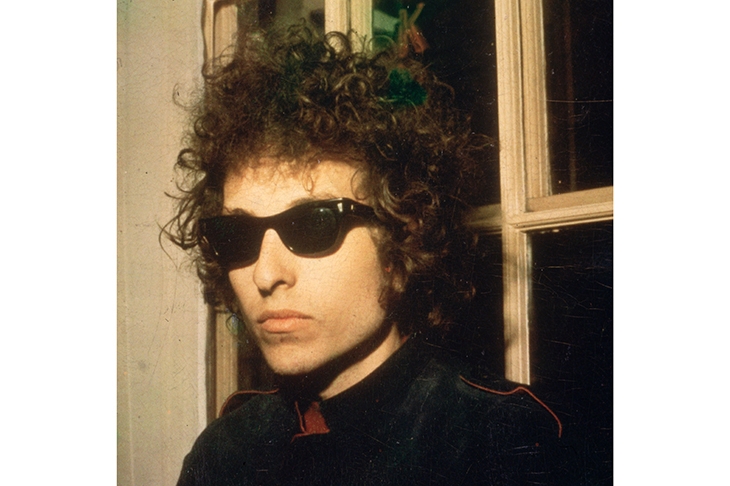Clinton Heylin is the eminence grise of Bob Dylan scholars: co-founder of Wanted Man (the magazine dedicated to studying Dylan’s life and work), long-time editor of its quarterly magazine the Telegraph, compiler of Stolen Moments: The Ultimate Dylan Reference Book and also the author of Behind the Shades, which, when first published in 1991, was rightly praised as the most reliable account of Dylan’s life and career up to that point. Dylan has accomplished a great deal since then, including becoming a Nobel Laureate, so it’s not surprising that Heylin should want to bring his account up to date, especially since a large new collection of Dylan material has recently been deposited in the Gilcrease Museum in Tulsa. This archive has allowed Heylin to build an indispensable account on the foundations of his previous one — and it’s published in good time to mark Dylan’s 80th birthday on 24 May.
Technically speaking, Heylin’s approach hasn’t changed much in the 30 years since his last outing: his method is mostly chronological (with backward glances where the call of the past becomes irresistible, and the odd scurry where rock and roll history disappears in a cloud of smoke); and his style is easy-going conversational, with periodic lurches into alliteration (‘the Hibbing hustler’ etc) for intensifying effect. It works well; a more academic tone would have created a rupture between the book and its subject (Dylan has always had an anti-intellectual streak, as Heylin himself acknowledges), and anything more laid-back would seem like a subversion of biographical duty.
This balancing act is valuable for its own sake, but also has the paradoxical virtue of making Dylan’s self-discovery remain in some ways mysterious. Even allowing for the uncertainties of youth per se, his early days in the Midwest backwater of Hibbing, his excursions to Duluth (the nearest town of any size) and his enrolment in the University of Minnesota (from which he soon dropped out), are strikingly prone to zigzags and experimentations.







Comments
Join the debate for just £1 a month
Be part of the conversation with other Spectator readers by getting your first three months for £3.
UNLOCK ACCESS Just £1 a monthAlready a subscriber? Log in